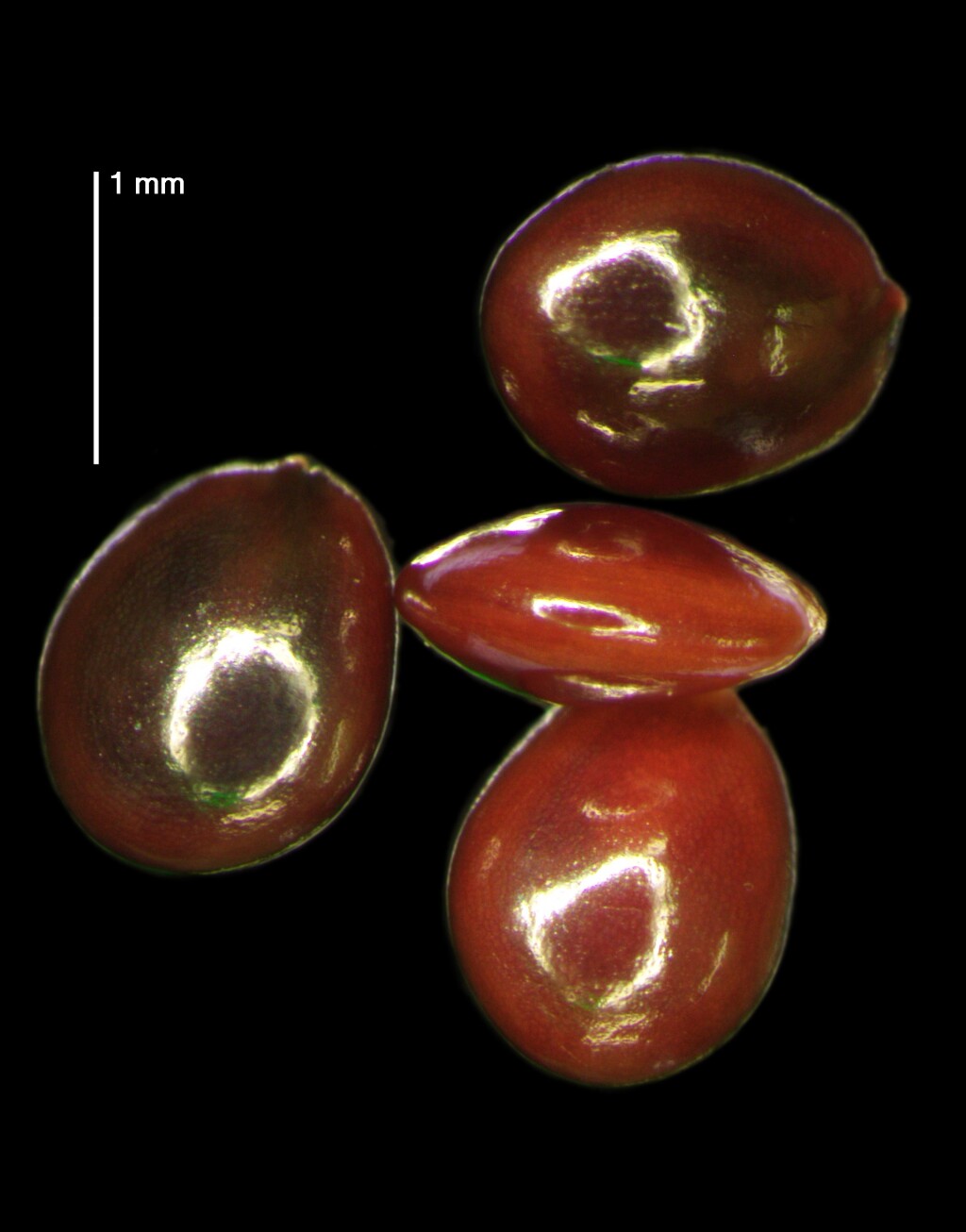Amaranthaceae
Herbs, rarely shrubs, with leaves opposite or alternate, entire and lacking stipules. Inflorescence commonly spicate or capitate, terminal or axillary, occasionally flowers solitary in axils; bracts and bracteoles usually present. Perianth of a single whorl of 4 or 5 (rarely 2 or 3), usually scarious segments (tepals) that are free or connate at base; stamens 1–5, the filaments sometimes broad and fused around the ovary; ovary superior, 1-locular; ovules 1–several. Fruit usually dry, indehiscent or irregularly dehiscing or circumsciss, rarely a berry.
About 900 species in 65 genera, almost cosmopolitan, mostly of warm and temperate regions; c. 150 species in 17 genera in Australia.
Several members of the family are widespread weeds, and some species (e.g. Celosia cristata (Cockscomb or Prince of Wales Feathers) and Iresine spp.) are commonly cultivated for their brightly coloured foliage and/or flowers.
Walsh, N.G. (1996). Amaranthaceae. In: Walsh, N.G.; Entwisle, T.J., Flora of Victoria Vol. 3, Dicotyledons Winteraceae to Myrtaceae, pp. 199–215. Inkata Press, Melbourne.
 Spinning
Spinning


